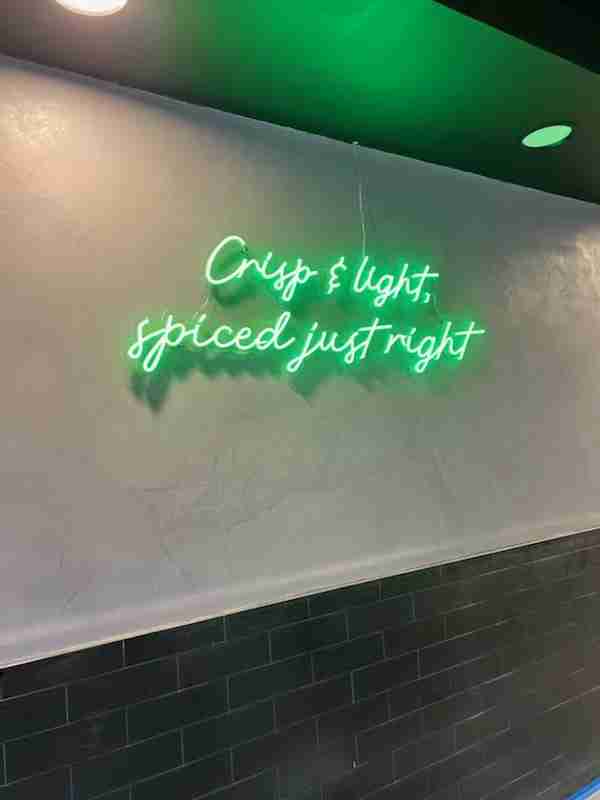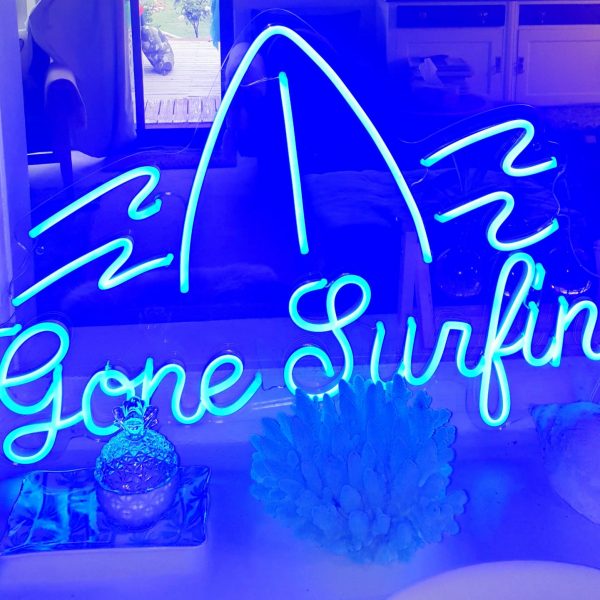In recent years, custom neon light signs have surged in popularity, becoming a staple in various settings, from homes and businesses to events and celebrations. Their eye-catching glow and unique designs can enhance any space, making it feel more personalized and inviting. But how does one go about creating a custom neon sign? This article will explore the essential considerations for designing custom neon light signs, including understanding the materials, design principles, functionality, and production process. By the end, you will have a comprehensive understanding of how to create your own unique neon signs that stands out.
1. Understanding Neon Signs: A Brief Overview
Neon signs are illuminated signs made from neon gas or LED technology that emits light when electricity passes through them. Traditional neon signs are created using glass tubes filled with neon or other inert gases. When an electrical current flows through the tube, the gas ionizes and produces light. On the other hand, modern neon signs often use LED strips that mimic the look of traditional neon lights while being more energy-efficient and durable.
A. The Appeal of Neon Signs
Neon signs are popular due to their vibrant colors, versatility, and ability to convey messages effectively. They evoke a sense of nostalgia and are often associated with the retro aesthetics of diners, bars, and urban settings. Custom neon signs can be tailored to fit personal styles, making them perfect for branding, decoration, or gifting.
2. Considerations for Custom Neon Light Sign Design

Creating a custom neon sign involves various considerations, including design, materials, functionality, and intended use. Here are some key factors to keep in mind:
A. Purpose and Audience
Before diving into the design process, it's crucial to determine the purpose of your custom neon light signs. Are you creating it for a business, a personal space, an event, or as a gift? Understanding your target audience will guide your design choices. For instance, a business sign should reflect the brand's identity, while a personal sign might incorporate elements that resonate with the individual.
B. Size and Placement
The size of the sign is another important consideration. It should be proportional to the space where it will be displayed. A small sign may get lost in a large room, while a massive sign can overwhelm a small space. Additionally, consider where the sign will be placed. Will it be mounted on a wall, hanging from the ceiling, or sitting on a shelf? This will influence the design and size of the sign.
C. Color and Aesthetics
Color selection is one of the most exciting parts of designing a neon sign. Different colors evoke different emotions and can significantly impact the overall feel of the sign. Here are a few considerations for choosing colors:
- Brand Colors: If the sign is for a business, incorporate brand colors to maintain consistency.
- Emotional Impact: Colors like blue can evoke calmness, while red can convey excitement or urgency. Choose colors that align with the message you want to convey.
- Contrast and Visibility: Ensure that the colors contrast well for visibility, especially from a distance. A combination of bright and dark colors often works well.
D. Font and Typography
Typography plays a critical role in the design of custom neon light signs. The font should be easy to read and reflect the personality of the message. Here are some tips for selecting fonts:
- Simplicity: Choose a simple and bold font that is legible from a distance.
- Style: Consider the style of the font—cursive fonts can add elegance, while bold sans-serif fonts can convey modernity.
- Customization: Custom lettering can add a unique touch. Consider hiring a designer for a bespoke font that aligns with your vision.
3. The Production Process
Once you have a clear design in mind, the next step is production. This involves choosing the right materials, working with a manufacturer, and understanding the fabrication process.
A. Materials
Neon signs can be made from various materials, including:
- Glass Tubes (Traditional Neon): Requires skilled labor to bend the glass and fill it with gas. This method provides a classic neon look but can be more fragile and expensive.
- LED Neon Flex: A modern alternative that is more durable and energy-efficient. LED neon flex can be easily cut and shaped, allowing for more intricate designs.
- Backing Material: Consider the backing for your sign. Acrylic or wood can provide a sturdy base, while transparent materials can create a floating effect.
B. Working with a Manufacturer
When creating a custom neon sign, it is advisable to work with a reputable manufacturer. Look for companies that specialize in custom signs and have experience with neon and LED technology. They can guide you through the design process and offer insights into what works best for your vision.
C. Prototyping and Feedback
Before finalizing your sign, consider creating a prototype. This can be a smaller version of the design that allows you to assess color, size, and overall aesthetics. Gather feedback from friends or colleagues to ensure that the sign resonates with your intended audience.
4. Installation and Maintenance
Once your custom neon light signs is produced, it’s essential to consider installation and maintenance to ensure it lasts for years to come.
A. Installation Tips
- Location: Choose a location that enhances visibility. Consider factors such as lighting and distance from potential viewers.
- Mounting Options: Determine how the sign will be mounted. Wall mounts, hanging brackets, and stands are popular options.
- Electrical Considerations: Ensure that the sign is installed near a power source. If using traditional neon, it may require a transformer for voltage conversion.
B. Maintenance
Neon signs require minimal maintenance, but keeping them clean will ensure they continue to shine. Regularly dust the sign and clean any surfaces with a soft cloth. If using traditional neon, check for any signs of wear or flickering lights, which may require professional servicing.
5. Customization Options
To make your neon sign even more unique, consider the following customization options:
A. Shapes and Designs
Beyond text, custom shapes can enhance the sign's appeal. Consider incorporating icons, logos, or unique designs that represent your brand or personal style. Custom shapes can make the sign more memorable and impactful.
B. Multicolor Options
While classic neon signs often feature a single color, modern technology allows for multicolor signs. You can design a sign that changes colors or combines multiple hues for a vibrant effect.
C. Smart Features
For tech-savvy individuals, consider integrating smart features into your neon sign. Some manufacturers offer options that allow you to control the sign’s brightness and color using a smartphone app, making it more versatile.
Conclusion
Creating a custom neon light sign is an exciting and creative endeavor that allows for personal expression and branding opportunities. By considering factors such as purpose, size, color, typography, and production processes, you can design a unique sign that captures attention and conveys your intended message. Whether for business, home decor, or a special occasion, a custom neon sign can transform a space and leave a lasting impression.




